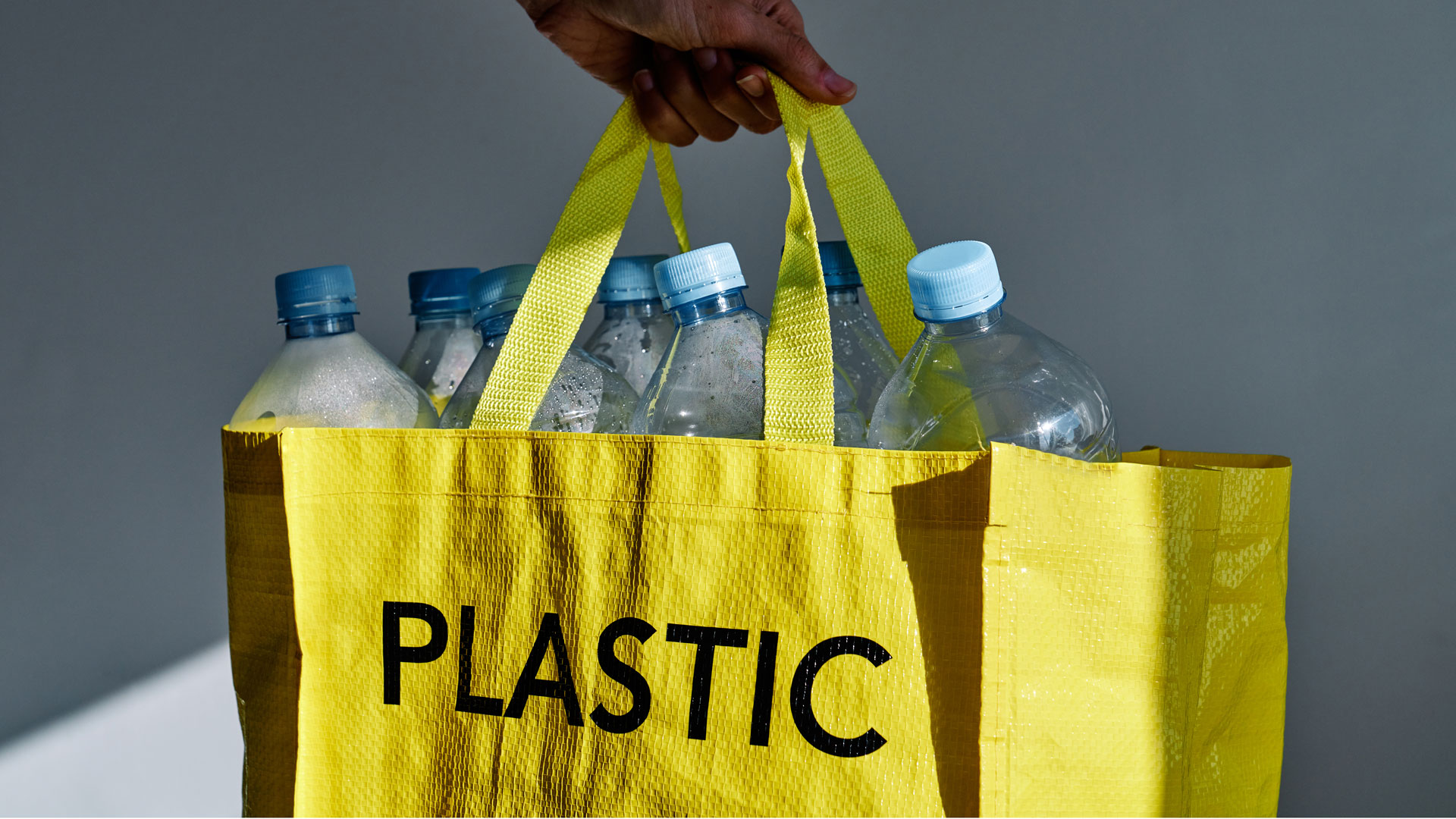Why are we so bad at being circular?
I think it is simply because we have not been forced to be circular. We live in the spoiled part of the world where living standards are high and where we can buy new materials and products whenever we need them. Necessity has not yet pushed us to reuse more things and recycle more materials.
How can we become more circular?
Unfortunately, there is no quick fix here that we can just implement and then carry on as we always have. To become more circular, we need to do much more than just improve our waste management.
Among other things, we need to rethink the way we design products so they will have a longer lifespan and are easier to repair, and so the materials are ultimately easier to recycle and use in new products.
The solutions developed must not create new unintended problems elsewhere. For example, if resources are used to create a comprehensive infrastructure for collecting rainwater in cities, we need to ensure that the collected water, which may contain contaminants, does not pollute the aquatic environment and thus our water resources.
We need to think about the big picture. This will require solutions developed with participation from different professional domains. This means that professionals who do not currently work together will have to come together more often.
Who is responsible?
In principle, we all have a responsibility. We all need to change our behaviour, and we all need be more critical of our resource consumption - privately, in companies, and in the public sector. But if Denmark is to succeed in creating a circular economy, we need politicians to draw up a comprehensive and ambitious strategy.
I miss the sense of urgency that we experienced during the pandemic. It showed that we as a society have an impressive ability to adapt overnight. We need to activate the same adaptability again. We simply cannot continue to consume and discard as we do now. We need to make significant changes to our practices, otherwise future generations will have no place to live.

